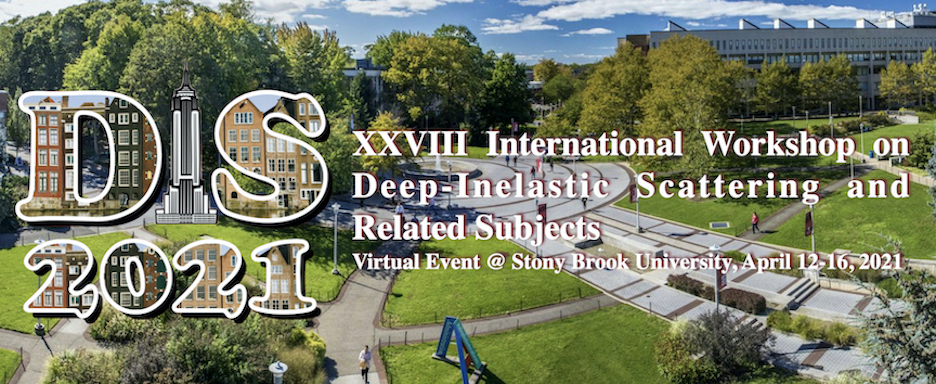Speaker
Description
In hadronic collisions, beauty quarks are produced in hard-scattering processes with large momentum transfer. The production of hadrons containing beauty quarks provides a very important test of perturbative QCD calculations in pp collisions. The measurement of the production of beauty-strange mesons relative to that of beauty hadrons without strange-quark content is useful to study the fragmentation of beauty quarks into beauty mesons. Moreover, the measurement of beauty-hadron production in heavy-ion collisions is a unique tool to investigate the properties of the colour-deconfined medium created, the quark--gluon plasma (QGP). In particular, beauty quarks, being four times heavier than charm quarks, can be exploited to study the mass dependence of the in-medium energy loss.
In this contribution, the latest results about beauty-hadron production via non-prompt $\mathrm{D}^0$, $\mathrm{D}^+$, $\mathrm{D_s}^+$ and $\mathrm{J}/\psi$ mesons, as well as beauty-decay electrons and dielectrons in pp collisions at a centre-of-mass energy of $\sqrt{s} = 5.02$ TeV, and their comparison to pQCD calculations will be presented. The ratio of the beauty-quark fragmentation fraction to strange beauty mesons and that to non-strange beauty mesons will be compared to the same quantity for the charm sector and to previous measurements in $\mathrm{e^{+}e^{-}}$, $\mathrm{e^{\pm}p}$, and $\mathrm{p\overline{p}}$ collisions. The extrapolated $\mathrm{b\overline{b}}$ cross section per unit of rapidity at midrapidity obtained from these measurements will be compared to pQCD calculations with next-to-leading order accurancy with all-order resummation of next-to-leading logarithms (FONLL) and with next-to-next leading order (NNLO) accurancy. Finally, the production of non-prompt $\mathrm{D}^0$ mesons in Pb--Pb collisions at $\sqrt{s_\mathrm{NN}} = 5.02$ TeV will be compared to the one of prompt $\mathrm{D}^0$ mesons and to different theoretical models.

